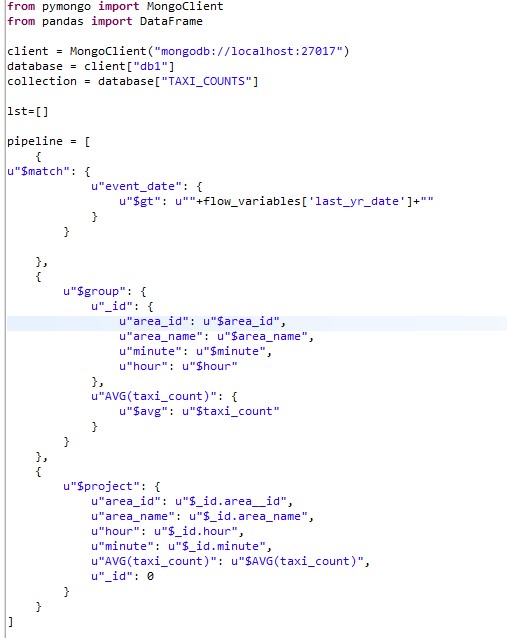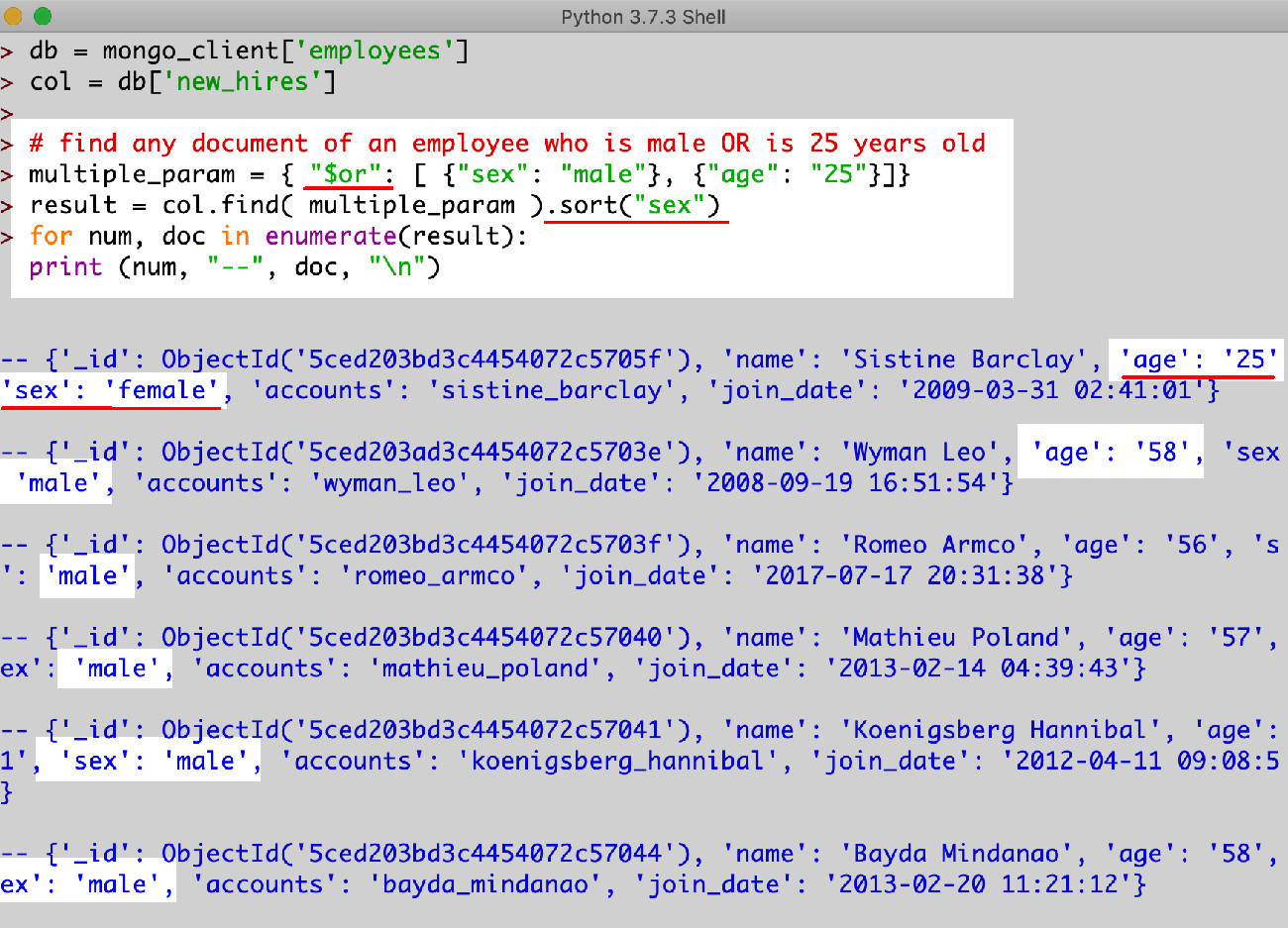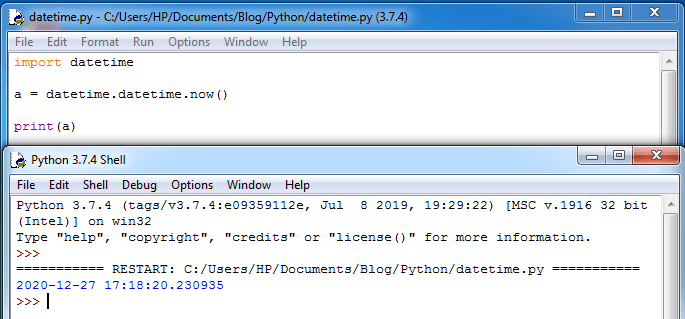

- #AGGREGATE MONGODB PYTHON EXAMPLE DAY BY DAY HOW TO#
- #AGGREGATE MONGODB PYTHON EXAMPLE DAY BY DAY FULL#
This can be difficult to work with, and I typically have to rename columns after a groupby operation. When multiple statistics are calculated on columns, the resulting dataframe will have a multi-index set on the column axis.

Renaming grouped statistics from groupby operations When working on a project, the need might have arrived to merge two documents or some specific fields in the documents. This article uses MongoDB to introduce NoSQL concepts to Java, PHP, and Python developers. Yash Arora on Data Integration, Database Management Systems, Lookup Aggregations, MongoDB February 7th, 2022 Write for Hevo. The need for agile, queryable, reliable, scalable storage without the pain of SQL schema migration is real. To achieve this we need to pass in three operations to the pipeline. We’ll perform a simple aggregation to count the number of occurrences for each tag in the tags array, across the entire collection.
#AGGREGATE MONGODB PYTHON EXAMPLE DAY BY DAY HOW TO#
15/10/14 06:58 104Ģ014-12 call 2.000 2120.000. MongoDB Lookup Aggregations: Syntax, Usage & Practical Examples 101. This example shows how to use the aggregate() method to use the aggregation framework. groups variable is a dictionary whose keys are the computed unique groups and corresponding values being the axis labels belonging to each group. The groupby() function returns a GroupBy object, but essentially describes how the rows of the original data set has been split.

For example, the expression oupby(‘month’) will split our current DataFrame by month.

Groupby essentially splits the data into different groups depending on a variable of your choice. With everything already set up, it is time to run our first Aggregate, in it we will return all users who have a birthday on the specified date. There’s further power put into your hands by mastering the Pandas “groupby()” functionality. The describe() output varies depending on whether you apply it to a numeric or character column. 1) Find One: This method is used to fetch data from collection in mongoDB. It contains well written, well thought and well explained computer science and programming articles, quizzes and practice/competitive programming/company. Pymongo provides various methods for fetching the data from mongodb. describe() function is a useful summarisation tool that will quickly display statistics for any variable or group it is applied to. MongoDB offers high speed, high availability, and high scalability.
#AGGREGATE MONGODB PYTHON EXAMPLE DAY BY DAY FULL#
The full range of basic statistics that are quickly calculable and built into the base Pandas package are: Function The need for custom functions is minimal unless you have very specific requirements. How many entries are there for each month: Number of non-null unique network entries: 9 Aggregation is at the same time a powerful resource for those who use MongoDB as it can at times appear confusing or even intimidate some inexperienced developers. # Cursor object's list of MongoDB documentsĭocuments = list (col.How many seconds of phone calls are recorded in total: 92321.0 # use Python's list() function to return the # find any document of an employee who is a male AND is 26 Mongo_client = MongoClient ( 'localhost', 27017 ) # build a new client instance for MongoDB Introduction Prerequisites Create a Python script directory Make MongoDB class instances after importing PyMongo library Make a PyMongo MongoDB database instance Make a PyMongo MongoDB collection instance A basic example of a MongoDB collection PyMongo query Use the regular expression “$regex” to locate documents with a partial string match Use a Python iterator to print each document returned by MongoDB Get the values and fields of MongoDB documents Obtain a complete list of the result’s methods along with attributes with the dict object Pass the collection’s find() method to the Python list() function to return a list of a MongoDB documents Obtain the document quantity amount returned after you make the MongoDB API query How to use the count_documents() method How to iterate and count documents Use datetime library in Python to query PyMongo ranges How datetime objects in PyMongo are utilized How to use the PyMongoMongoDB query operators Multiple conditions queries and PyMongo requests Multiple condition query and the find() method Conclusion


 0 kommentar(er)
0 kommentar(er)
